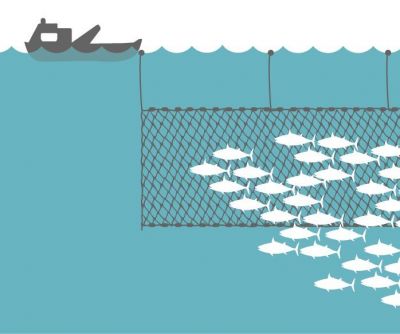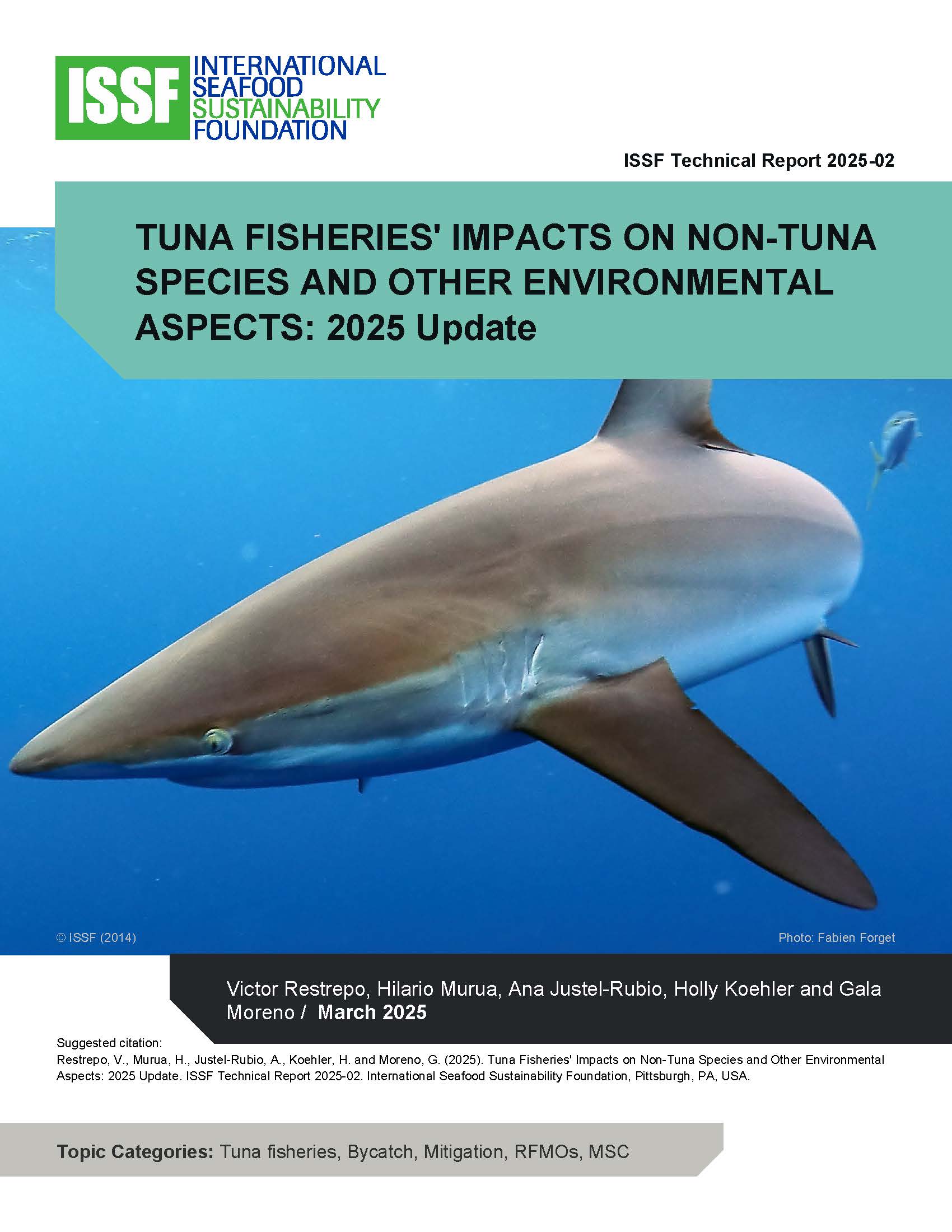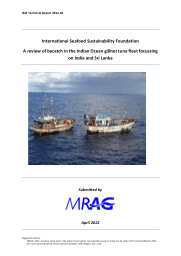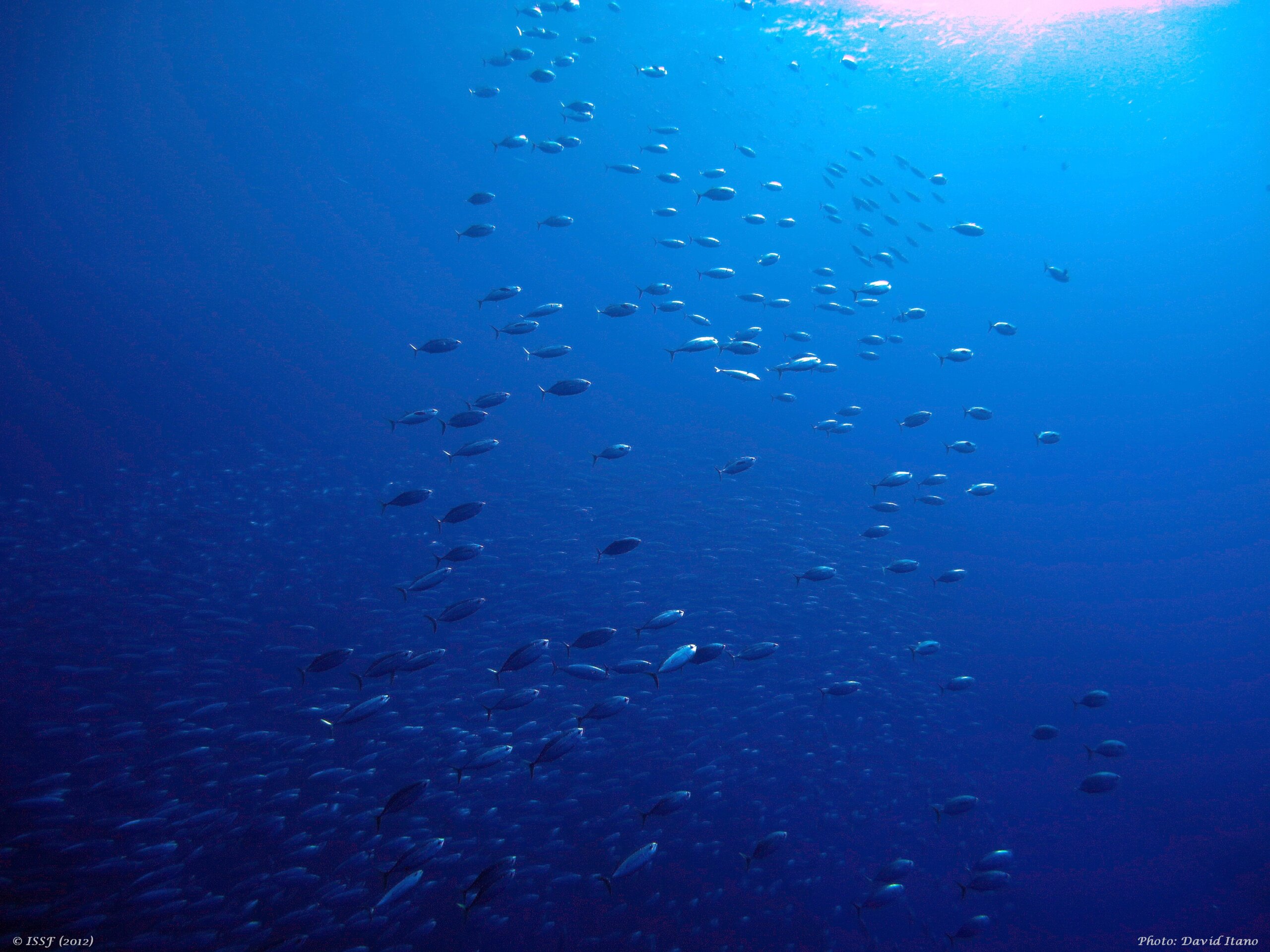Gillnet
Gillnets are the dominant gear used by fisheries in the Indian Ocean, mainly in artisanal and semi-industrial fisheries.
A gillnet is fishing net that consists of single, double or triple netting walls that hang in the water column, typically made of monofilament or multifilament nylon. The gear can be set, anchored to the bottom of the ocean, or be left drifting (driftnet), free or connected with the vessel.

Key Statistic
Around 4% of global catch, but between 30% and 40% of catch attributed to gillnets in the Indian Ocean, according to the Indian Ocean Tuna Commission (IOTC) database
Bycatch
While data analysis has proved difficult, a recent study found that bycatch from gillnet fishing is high across all species groups. Sharks were especially vulnerable, with gillnets accounting for 64 percent of shark catches recorded by the IOTC. Research also indicates that turtle mortality is high because of gillnets operating in the Indian Ocean.
Our report ISSF 2025-02: Tuna Fisheries’ Impacts on Non-Tuna Species and Other Environmental Aspects: 2025 Update* examines the effects of different tuna-fishing methods on non-tuna species like sharks.
ISSF 2024-04: Inputs for Comprehensive Bycatch Management Strategy Evaluation in Tuna Fisheries defines bycatch management strategy considerations for several types of tuna fisheries, including gillnet.
Fuel Efficiency
There is not enough reliable data available to estimate the fuel use of gillnet fishing.
GILLNET RESOURCES
Gillnet Tuna Catches
Use our “Interactive Stock Status and Catch Tool” to visualize the current gillnet tuna catch —and gillnet catch trends over time.
Download the data in different file formats, and generate custom graphics to share via email, Twitter, or Facebook.
Gillnet Bycatch Rates
ISSF commissioned a study of non-target species bycatch rates in key gillnet tuna fisheries in the Indian Ocean based on Indian Ocean Tuna Commission (IOTC) data.
We published our findings in ISSF 2012-05: Bycatch in the Indian Ocean Gillnet Tuna Fleet. A review.






